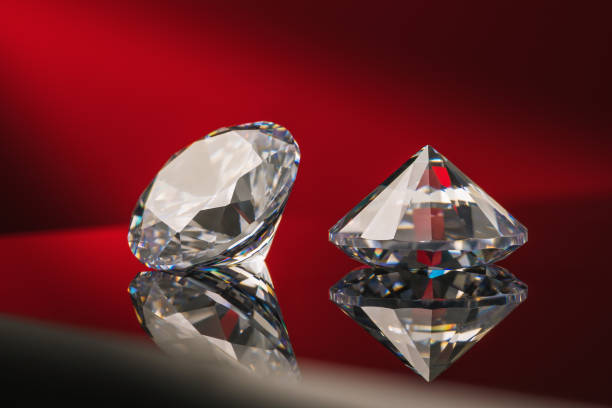
The Fascinating World of Cultures and Lab-Grown Diamonds
cultures and lab grown diamonds, the quintessential symbol of luxury and romance, have captivated human fascination for centuries. Traditionally mined from the depths of the Earth, diamonds have been a part of cultural rituals, social status symbols, and economic investments. However, with advancements in technology, lab-grown diamonds have emerged as a sustainable and ethical alternative, reshaping cultural perceptions and the global diamond market.
The Cultural Significance of Diamonds
Diamonds have held significant cultural value across various societies. In ancient India, they were considered harbingers of good fortune, worn by kings and warriors as talismans. The Greeks believed diamonds were tears of the gods, while Romans thought they were splinters of falling stars. Throughout history, diamonds have symbolized strength, invincibility, and eternal love, making them a popular choice for engagement rings and other significant life events.
In contemporary culture, diamonds continue to be associated with wealth, success, and romance. The tradition of giving diamond engagement rings, popularized in the 20th century by De Beers’ iconic advertising campaign, “A diamond is forever,” underscores the gemstone’s enduring allure and its role in modern romantic rituals.
The Rise of Lab-Grown Diamonds
Lab-grown diamonds, also known as synthetic or cultured diamonds, are created in controlled laboratory environments using advanced technological processes that replicate the conditions under which natural diamonds form. These diamonds are chemically, physically, and optically identical to mined diamonds, often indistinguishable even to skilled gemologists without specialized equipment.
The two primary methods of creating lab-grown diamonds are High Pressure High Temperature (HPHT) and Chemical Vapor Deposition (CVD). Both methods have advanced significantly, producing high-quality diamonds that meet or exceed the standards of natural ones.
Environmental and Ethical Considerations
One of the primary drivers behind the growing popularity of lab-grown diamonds is their reduced environmental impact. Traditional diamond mining can have devastating ecological consequences, including habitat destruction, soil erosion, and water pollution. Additionally, mined diamonds have often been linked to human rights abuses and unethical labor practices in conflict zones, giving rise to the term “blood diamonds.”
Lab-grown diamonds offer a more sustainable and ethical alternative. They require significantly less energy and water to produce, and their creation does not entail the same level of environmental degradation. Furthermore, they are free from the ethical concerns associated with conflict diamonds, providing consumers with peace of mind regarding the origins of their gemstones.
Cultural Perceptions and Market Dynamics
The advent of lab-grown diamonds has led to shifting cultural perceptions and market dynamics. Initially, these diamonds faced skepticism and were perceived as inferior to their natural counterparts. However, as technology has improved and awareness of environmental and ethical issues has grown, lab-grown diamonds have gained acceptance and popularity.
Millennials and Gen Z consumers, in particular, are driving the demand for lab-grown diamonds. This demographic values sustainability, transparency, and ethical sourcing, aligning with the benefits offered by lab-grown options. Additionally, the price advantage of lab grown diamonds, typically 20-40% less than mined diamonds, makes them an attractive choice for budget-conscious consumers without compromising on quality or aesthetics.
The Future of Diamonds
As lab-grown diamonds continue to gain traction, the traditional diamond industry is adapting to the changing landscape. Major jewelry brands are incorporating lab-grown diamonds into their collections, and some mining companies are even investing in synthetic diamond production. This shift represents a broader trend towards sustainability and ethical consumption in the luxury market.
In conclusion, lab-grown diamonds are redefining the diamond industry and cultural perceptions of these precious gemstones. While they maintain the same beauty and brilliance as natural diamonds, their environmental and ethical advantages resonate with a growing segment of conscious consumers. As technology advances and awareness increases, lab-grown diamonds are poised to become an integral part of the future of jewelry, reflecting a modern blend of tradition and innovation.







